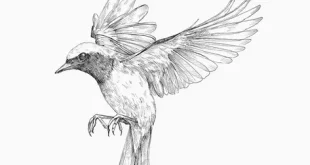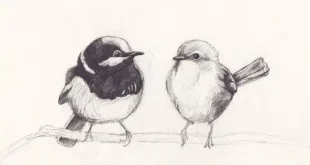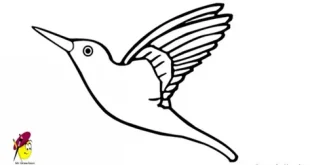Title: What Makes Baby Pigeon So Unique and Adorable in the USA
1. Understanding the Early Life of Baby Pigeon
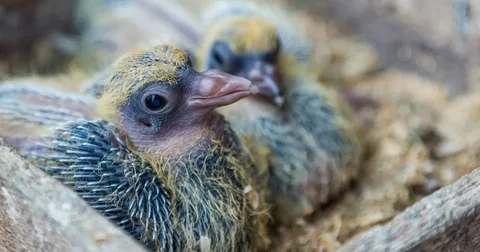
Baby Pigeon also known as squabs, are fascinating creatures that go through an amazing transformation during their early life. They are born blind, featherless, and completely dependent on their parents for warmth and nourishment. In their first few weeks, they stay hidden in nests built carefully by adult pigeons in safe and warm locations. Parents feed them a unique substance called “pigeon milk,” rich in nutrients for fast development. This phase is crucial as it helps baby pigeons grow stronger and healthier before taking their first flight. Observing these early stages allows bird lovers to understand how fragile and determined these creatures are. The nurturing bond between parent pigeons and their young ones shows a touching example of nature’s care and precision.
2. Growth Stages and Behavior of Baby Pigeon
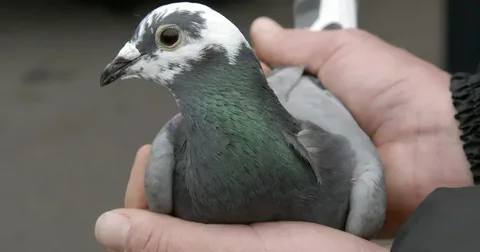
The growth process of Baby Pigeon is both rapid and remarkable, showing how nature ensures survival through steady development. Within two weeks, soft down feathers begin to cover their tiny bodies, preparing them for future flight. By the third week, their eyes open, and they start recognizing sounds and movements around them. During this period, the parents continue feeding them until they learn to pick seeds independently. Around four to six weeks, baby pigeons practice flapping their wings and slowly prepare to leave the nest. Their gradual progress demonstrates how strength, patience, and parental care work together for successful growth. These behaviors reveal the intelligence and instinct pigeons possess even from their earliest days, highlighting the resilience found in urban and natural bird species across the USA.
3. The Ideal Habitat and Protection for Baby Pigeon
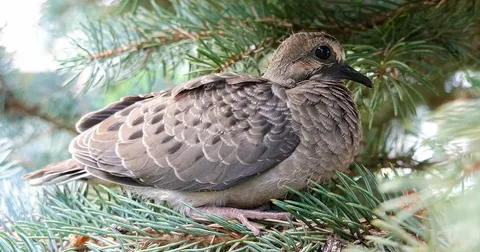
Providing the right habitat is essential for the safety and health of baby pigeons throughout their early development. Pigeons prefer sheltered areas such as building ledges, attics, or barn rafters, offering protection from harsh weather and predators. The nests are constructed using twigs, leaves, and feathers, creating a comfortable environment for the young. In cities across the USA, pigeons have adapted remarkably to human surroundings, often finding secure nesting spots on tall structures. It is important not to disturb baby pigeons or their nests, as early interference can cause stress and harm. Observing from a distance ensures their safety and allows them to grow naturally. Awareness about their nesting habits helps people coexist peacefully with these gentle birds and contribute positively to urban wildlife care and protection efforts.
4. Baby Pigeon Feeding and Nutrition Essentials for Baby Pigeon
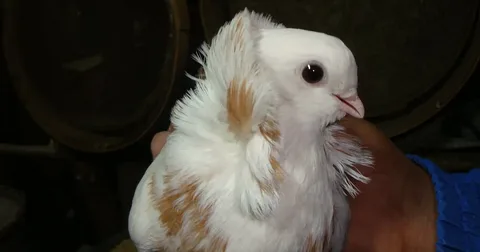
Nutrition plays a vital role in the healthy growth and strong development of baby pigeons throughout their early weeks. The parents produce a special secretion called crop milk, which is packed with protein and fat for nourishment. This unique food helps build muscle strength and feather growth rapidly. After a few weeks, parents gradually introduce seeds, grains, and small fruits into their diet to help them adapt to solid food. Clean water access is also important to keep them hydrated and active. For rescued baby pigeons, hand-feeding with warm formula is recommended under proper guidance. Maintaining a balanced diet ensures a healthy transition into adulthood. Nutrition care is one of the most important factors that determines how well these young pigeons grow, survive, and thrive in various environments across the USA.
5. The Connection Between Humans and Baby Pigeons
The bond between humans and Baby Pigeon has strengthened over time as people learn more about their gentle nature. Many animal lovers rescue and rehabilitate abandoned squabs, helping them grow strong enough to live freely again. In cities across the USA, bird enthusiasts enjoy watching pigeons grow and interact in parks and rooftops. These moments highlight compassion and respect between species, reminding everyone of the importance of kindness toward wildlife. Baby pigeons symbolize innocence, hope, and the beauty of life’s continuous cycle. Their soft cooing and delicate movements bring peace to those who care for them. Protecting them and understanding their journey teaches valuable lessons about patience, empathy, and coexistence. Through awareness and care, humans play an essential role in ensuring these birds flourish safely in both urban and natural spaces.
6. Early Life of Baby Pigeon in the USA
Baby pigeons, commonly called squabs, are rarely seen in public areas across the USA because they stay hidden in nests. These tiny birds hatch after about eighteen days of incubation, completely blind and covered with yellowish down feathers. Their parents, known for strong nurturing instincts, feed them a special nutrient-rich milk produced in their crops. This unique diet helps the chicks grow quickly during their first few weeks of life. Baby pigeons remain safely tucked away in rooftops, barns, and building ledges until they gain enough strength to fly. During this period, both parents share feeding duties, ensuring constant care and warmth. Their early development period is crucial for learning survival skills before exploring the outside world.
6. Growth and Development of Baby Pigeons in the USA
As baby pigeons grow, their soft feathers are gradually replaced with smooth gray plumage similar to adult birds. Around four weeks old, they begin practicing short flights and exploring their surroundings near the nest. Parents continue feeding them until they can find food independently, such as seeds, grains, and small fruits. By six weeks, young pigeons are strong flyers capable of joining adult flocks in cities and towns. These intelligent birds quickly adapt to various environments across the USA, from urban streets to quiet parks. Observing their journey from helpless hatchlings to confident fliers reveals nature’s wonder and resilience. Baby pigeons symbolize growth, learning, and the quiet beauty of everyday urban wildlife.
 Birds Drawing Birds Drawing
Birds Drawing Birds Drawing

